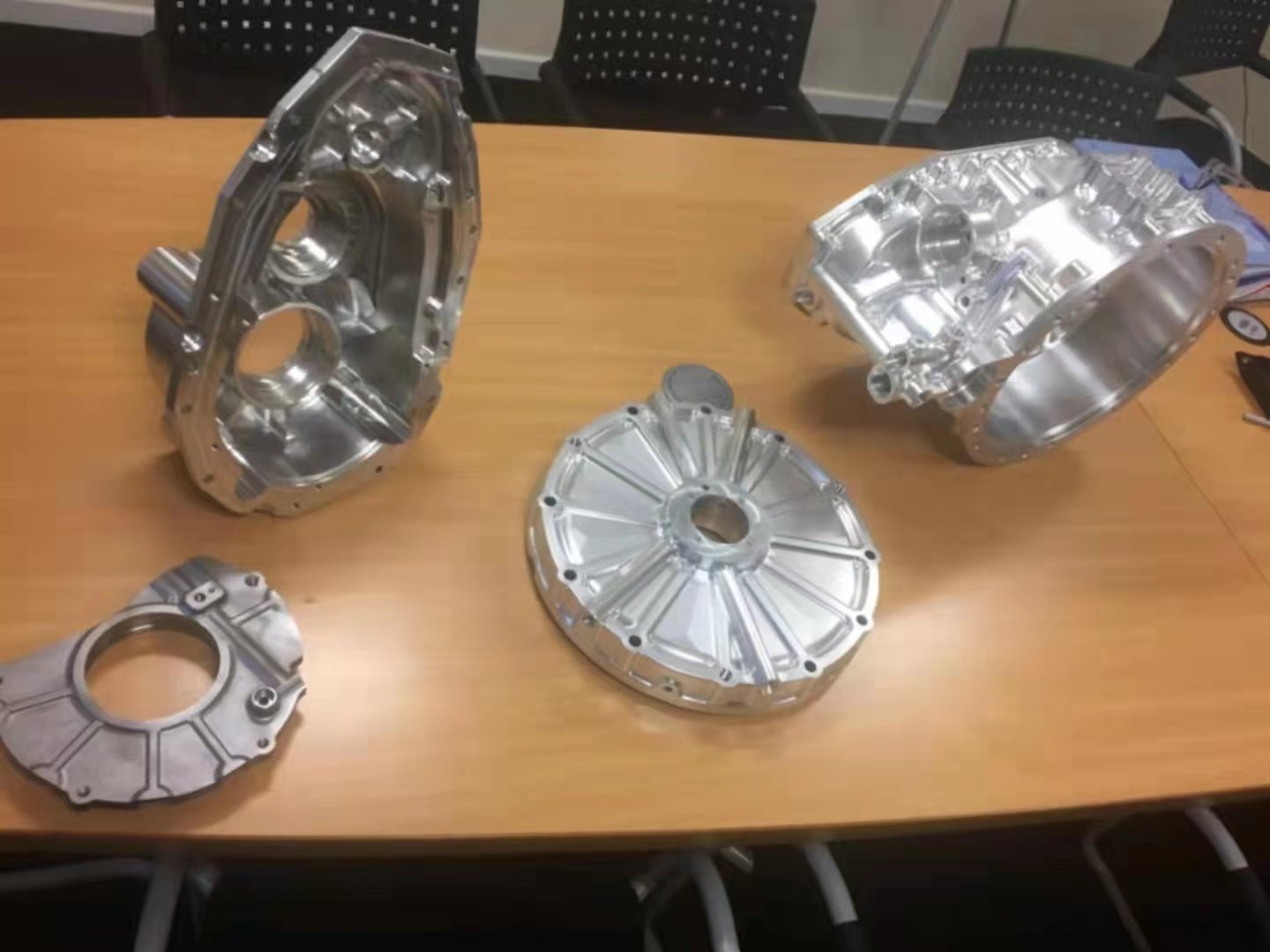
When selecting materials for professional CNC machining services, two of the most commonly considered metals are aluminum and stainless steel. These materials stand out for their unique properties and suitability for a wide range of applications. At JUPAICNC, we specialize in providing high-quality CNC machining services that help our clients choose the most appropriate material for their specific needs. Both aluminum and stainless steel offer distinct advantages depending on the intended use, so understanding their differences is crucial in making an informed decision.
Aluminum, known for its lightweight and excellent corrosion resistance, is frequently used in industries such as aerospace, automotive, and electronics. Its low density and strength-to-weight ratio make it an ideal choice for applications where weight reduction is essential without compromising too much on strength. Moreover, aluminum is highly machinable, making it easier to shape and form, especially in precision CNC machining processes. These characteristics often lead to reduced costs and shorter lead times when manufacturing parts. At JUPAICNC, we use advanced CNC machining equipment to ensure that aluminum components are precisely fabricated to meet the exact specifications required by our clients.
On the other hand, stainless steel is known for its exceptional strength, durability, and resistance to corrosion, especially in harsh environments. The various grades of stainless steel, such as 304 and 316, are chosen depending on the specific needs of the project. Stainless steel is often preferred for applications in industries like medical, food processing, and heavy machinery, where parts are subjected to extreme conditions. Its toughness and ability to withstand high temperatures make it a reliable choice for parts that must endure continuous exposure to heat, chemicals, or pressure. At JUPAICNC, we have the capability to machine stainless steel components with great precision, ensuring that every part meets the high standards required in these critical applications.
One of the key differences between aluminum and stainless steel is their response to machining. While both materials are highly machinable, aluminum tends to be easier to work with due to its softer nature. This allows for faster machining speeds, resulting in more efficient production times and lower costs. Stainless steel, on the other hand, requires more effort and precision during the machining process due to its hardness and strength. However, the advantages of stainless steel’s durability often outweigh the additional effort required in the machining process. At JUPAICNC, we are well-equipped to handle the challenges of both materials, ensuring that the final products meet the required tolerances and quality standards.
The choice between aluminum and stainless steel often comes down to the specific requirements of the application. For instance, if weight reduction is a priority and the part is not exposed to extreme conditions, aluminum is often the better option. Its ease of machining also makes it a cost-effective choice for many projects. On the other hand, for applications where strength, durability, and resistance to corrosion are paramount, stainless steel is typically the material of choice. Its ability to withstand harsh environments and its long-lasting nature make it indispensable in industries where reliability is key.
When deciding between aluminum and stainless steel, it’s essential to consider the material properties in relation to the operational conditions. For example, while aluminum offers excellent thermal conductivity, it is not as effective in high-temperature environments as stainless steel. Stainless steel’s ability to retain its strength at elevated temperatures makes it a superior choice for high-heat applications, such as components used in engines or exhaust systems. JUPAICNC’s expertise in CNC machining ensures that clients can rely on our guidance when selecting the optimal material for their specific needs, whether it be aluminum or stainless steel.
Both aluminum and stainless steel offer distinct benefits in the realm of professional CNC machining, and the decision on which material to use depends on the nature of the application. Each material brings its own set of advantages and limitations, and at JUPAICNC, we understand how to navigate these factors to provide the best solutions for our clients. Whether the project requires the light weight of aluminum or the strength and resistance of stainless steel, our team is equipped to deliver top-notch machining services that meet the highest standards of quality and performance.

